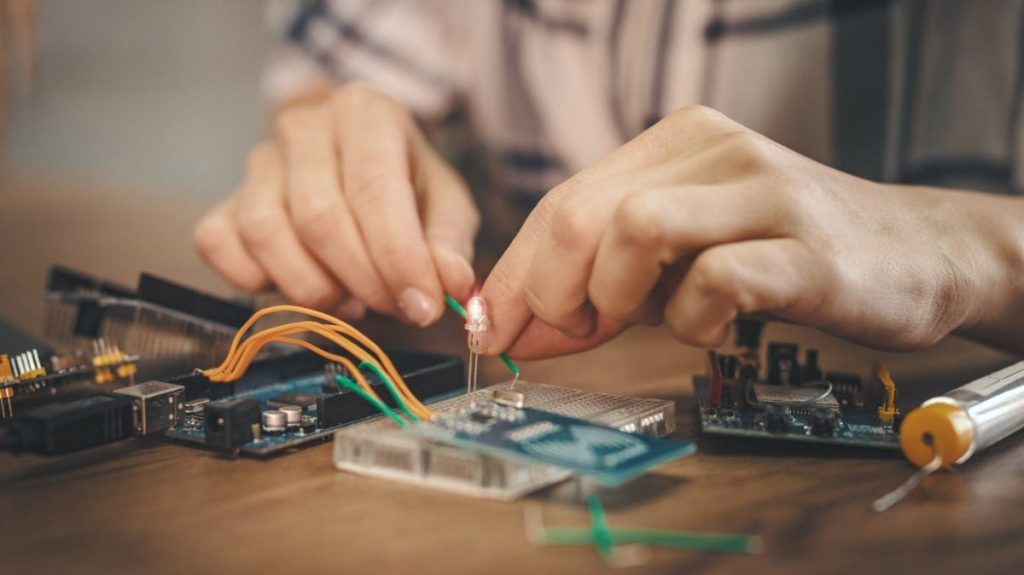
IED Electronics is a course of instruction that all EOD operators should be up to speed with. Starting with the basics, the course is part electronic theory and part practical with the emphasis on hands on component identification and making typical IED circuits. Theory training discusses how electricity actually works along with an introduction to the basic components in a circuit including resistors, capacitors, timers, relays, semi-conductors and many more. This course is taught by EOD operators, operators that have been down range and RSP’d countless IED’s in many different austere environments. The main advantage ET Solutions has is we actually know what an EOD operator needs to know on the ground and we don’t try to be the cleverest guy in the room.
Basic circuits will be built onto breadboards, fault finding until they work as designed, then these are transferred and soldered onto circuit boards. ET Solutions have found it far more beneficial to allow the EOD operators to rebuild the breadboard circuit on to a manufactured circuit board, including soldering all connections and components. This procedure improves and enhances fault finding skills and overall electrical knowledge. The circuit is then discussed as to what relevance each component has within an IED with examples from real scenarios.
IED Electronics is not designed to make EOD operators into electronic gurus. We take operators from no knowledge of Electronics to a competent and confident level of understanding in 5 days. This is the problem with many of the previous courses of instruction most operators have attended. These have gone into too much depth theoretically and have not concentrated on building through soldering onto PCB and providing an understanding of how each component relates within the IED. Rather this course is designed to offer maximum hands on and provide a realistic appreciation of typical components and how they are used in an IED. We want you to be able to learn by building these circuits and retain the useful knowledge that is required by an EOD operator. Due to the extensive and varied nature of electronics and component availability this knowledge will aid in PID in terms of technical intelligence and forensic recovery.

